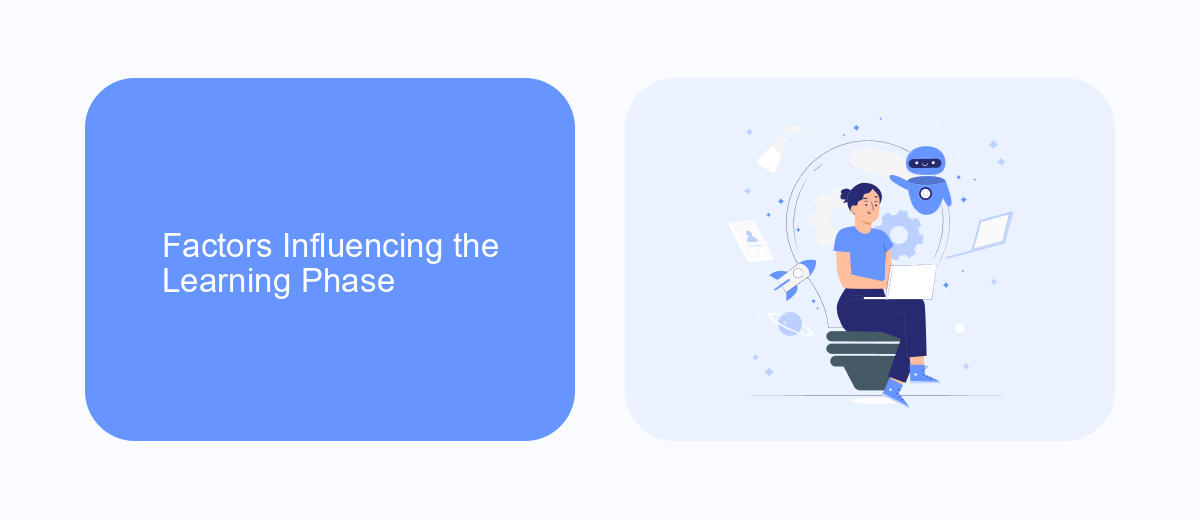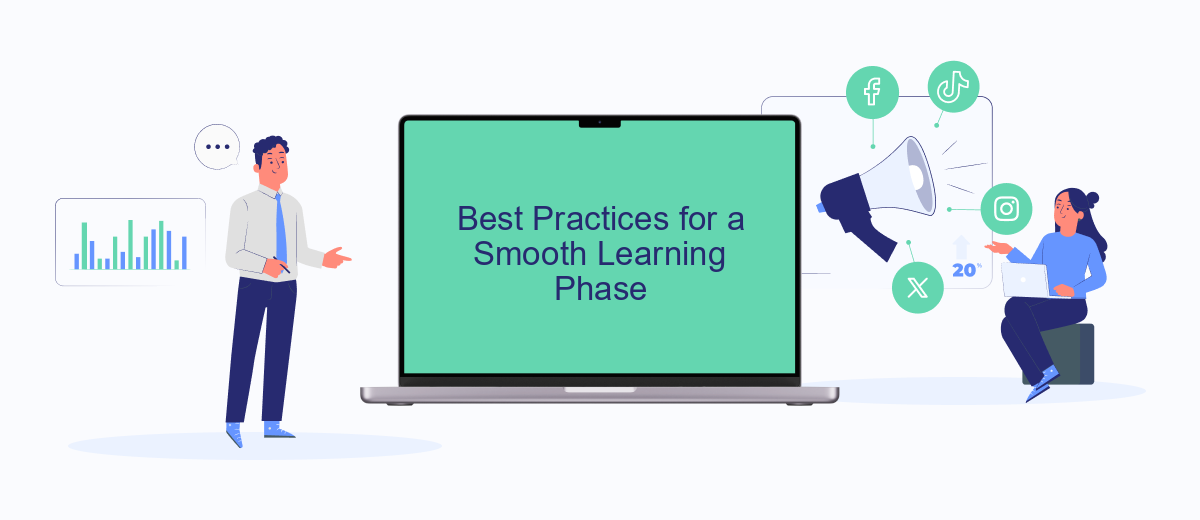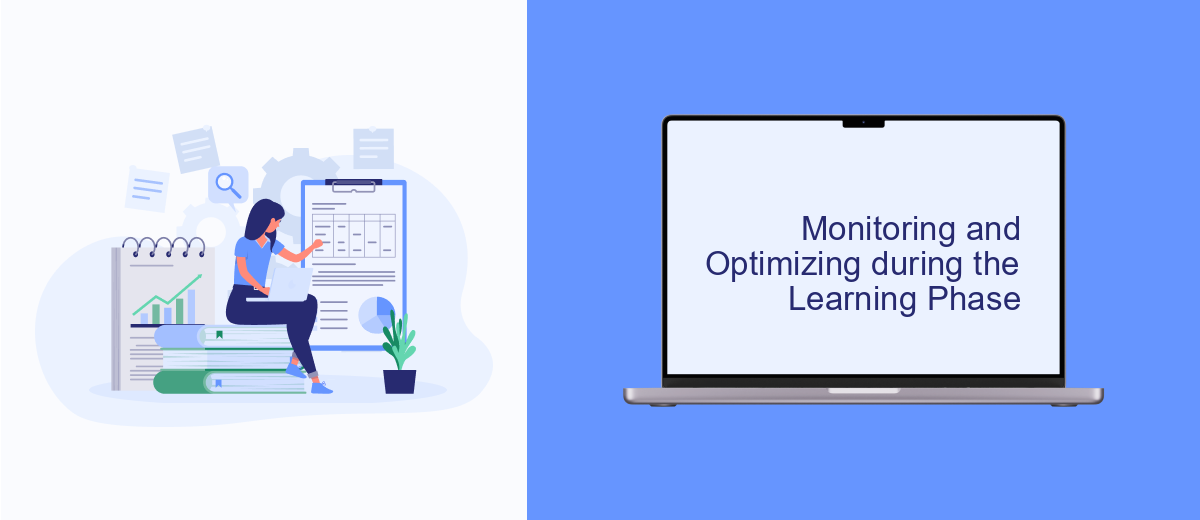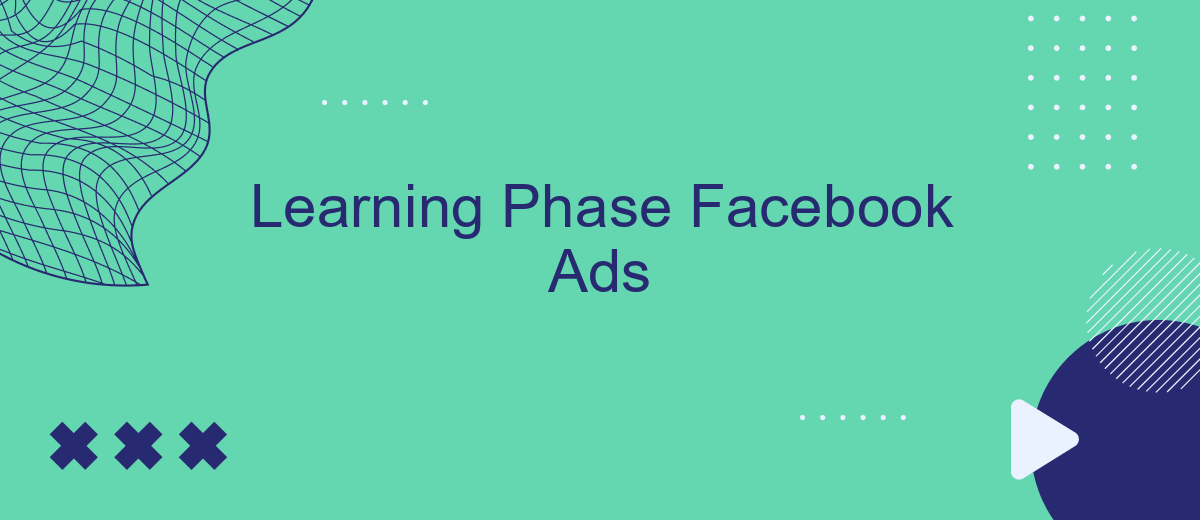The Learning Phase in Facebook Ads is a critical period where the platform's algorithm gathers essential performance data to optimize ad delivery. During this phase, Facebook tests various audience segments and ad placements to determine the most effective combinations. Understanding how this phase works can significantly enhance your ad performance, reduce costs, and improve return on investment by allowing for more strategic adjustments.
Understanding the Facebook Ads Learning Phase
The Facebook Ads Learning Phase is a crucial period where the platform gathers data to optimize ad delivery. During this phase, the system explores different audience segments and ad placements to understand which combinations yield the best results. This is essential for ensuring that your ads reach the right people and achieve your campaign objectives efficiently.
- Initial Data Collection: The system collects performance data to understand how different variables affect ad results.
- Optimization: Facebook adjusts delivery to improve performance based on the data collected.
- Stability: Once enough data is gathered, the system stabilizes, leading to more consistent ad performance.
Understanding the intricacies of the Learning Phase helps advertisers manage expectations and make informed decisions. It's vital to allow this phase to complete before making significant changes to your campaigns, as alterations can reset the learning process. By being patient and strategic, you can leverage the Learning Phase to enhance the effectiveness of your Facebook advertising efforts.
Factors Influencing the Learning Phase

The learning phase of Facebook Ads is significantly influenced by several critical factors that advertisers should consider to optimize their campaigns. One of the primary factors is the volume of data collected during the ad's initial run. A higher volume of interactions, such as clicks, conversions, and impressions, allows Facebook's algorithm to better understand the target audience and optimize ad delivery. Additionally, the complexity of the ad set, including the number of ad variations and targeting parameters, can impact the duration and effectiveness of the learning phase. Simplifying ad sets can lead to faster learning and more efficient ad performance.
Another crucial factor is the integration of external tools and services that enhance data collection and streamline processes. Services like SaveMyLeads can automate lead data transfer from Facebook Ads to CRM systems, ensuring that all interactions are accurately captured and analyzed. This seamless integration not only reduces manual effort but also provides a more comprehensive dataset for Facebook's algorithm to learn from, ultimately improving ad targeting and performance. By understanding and leveraging these factors, advertisers can significantly enhance the efficiency and effectiveness of their Facebook Ads campaigns during the learning phase.
Best Practices for a Smooth Learning Phase

To ensure a successful learning phase for your Facebook Ads, it's essential to implement best practices that facilitate the algorithm's ability to optimize effectively. A smooth learning phase can significantly impact the performance of your ad campaigns, leading to better results and efficient use of your advertising budget.
- Set clear and achievable goals: Define specific objectives for your campaign, such as increasing website traffic or boosting conversions, to guide the algorithm.
- Allocate a sufficient budget: Ensure your budget is large enough to gather meaningful data and allow the algorithm to optimize effectively.
- Limit frequent changes: Avoid making frequent edits to your ad sets, as this can reset the learning phase and hinder performance.
- Use broad targeting: Allow the algorithm to explore a wider audience by setting broader targeting parameters, which can help in gathering diverse data.
- Monitor performance: Regularly review your ad performance to identify patterns and make informed decisions based on data insights.
By following these best practices, you can enhance the efficiency of the learning phase for your Facebook Ads, leading to improved campaign performance and achieving your business objectives more effectively. Consistent monitoring and strategic adjustments will ensure your ads continue to perform optimally.
Monitoring and Optimizing during the Learning Phase

During the learning phase of Facebook Ads, it is crucial to monitor performance closely to ensure that the ad sets are on the right track. This phase is when Facebook's algorithm is gathering data to optimize ad delivery, and any changes can significantly impact outcomes. Regularly reviewing metrics such as impressions, clicks, and conversions can help identify trends and areas for improvement.
Optimization during this phase involves making data-driven decisions to enhance ad performance. While it's important not to make frequent changes that could reset the learning phase, strategic adjustments based on performance insights can be beneficial. Focus on refining audience targeting, adjusting budgets, and testing different creative elements to improve engagement and conversion rates.
- Monitor key performance indicators (KPIs) daily to track progress.
- Evaluate audience engagement and adjust targeting if necessary.
- Test different ad creatives to see which resonates best with your audience.
- Adjust the budget carefully to optimize reach without disrupting the learning phase.
By maintaining a balance between monitoring and optimizing, advertisers can ensure that their Facebook Ads are effectively learning and improving. This approach not only enhances ad performance but also maximizes return on investment by leveraging data-driven insights to make informed decisions throughout the learning phase.


Troubleshooting Common Learning Phase Issues
When navigating the learning phase of Facebook Ads, one common issue advertisers face is the campaign's inability to exit this phase. This can occur due to insufficient conversions, which prevents Facebook's algorithm from optimizing ad delivery. To address this, ensure your campaign settings align with your objectives. Consider broadening your audience or increasing your budget to gather more data quickly. Additionally, evaluate your ad creatives and landing pages to ensure they are compelling and relevant to your target audience, maximizing the likelihood of conversions.
Another prevalent challenge is the high fluctuation in cost per result during the learning phase. This variability can be mitigated by allowing the learning phase to complete before making significant changes to your campaign. Frequent adjustments reset the learning phase, prolonging the time needed for optimization. For those integrating various platforms, utilizing services like SaveMyLeads can streamline data flow, ensuring your Facebook Ads receive the most accurate and up-to-date information. This integration can enhance the quality of data Facebook uses for optimization, ultimately improving campaign performance.
FAQ
What is the Learning Phase in Facebook Ads?
How long does the Learning Phase last?
How can I exit the Learning Phase faster?
Why is my ad set stuck in the Learning Phase?
How can I automate the optimization of my Facebook Ads?
Use the SaveMyLeads service to improve the speed and quality of your Facebook lead processing. You do not need to regularly check the advertising account and download the CSV file. Get leads quickly and in a convenient format. Using the SML online connector, you can set up automatic transfer of leads from Facebook to various services: CRM systems, instant messengers, task managers, email services, etc. Automate the data transfer process, save time and improve customer service.
